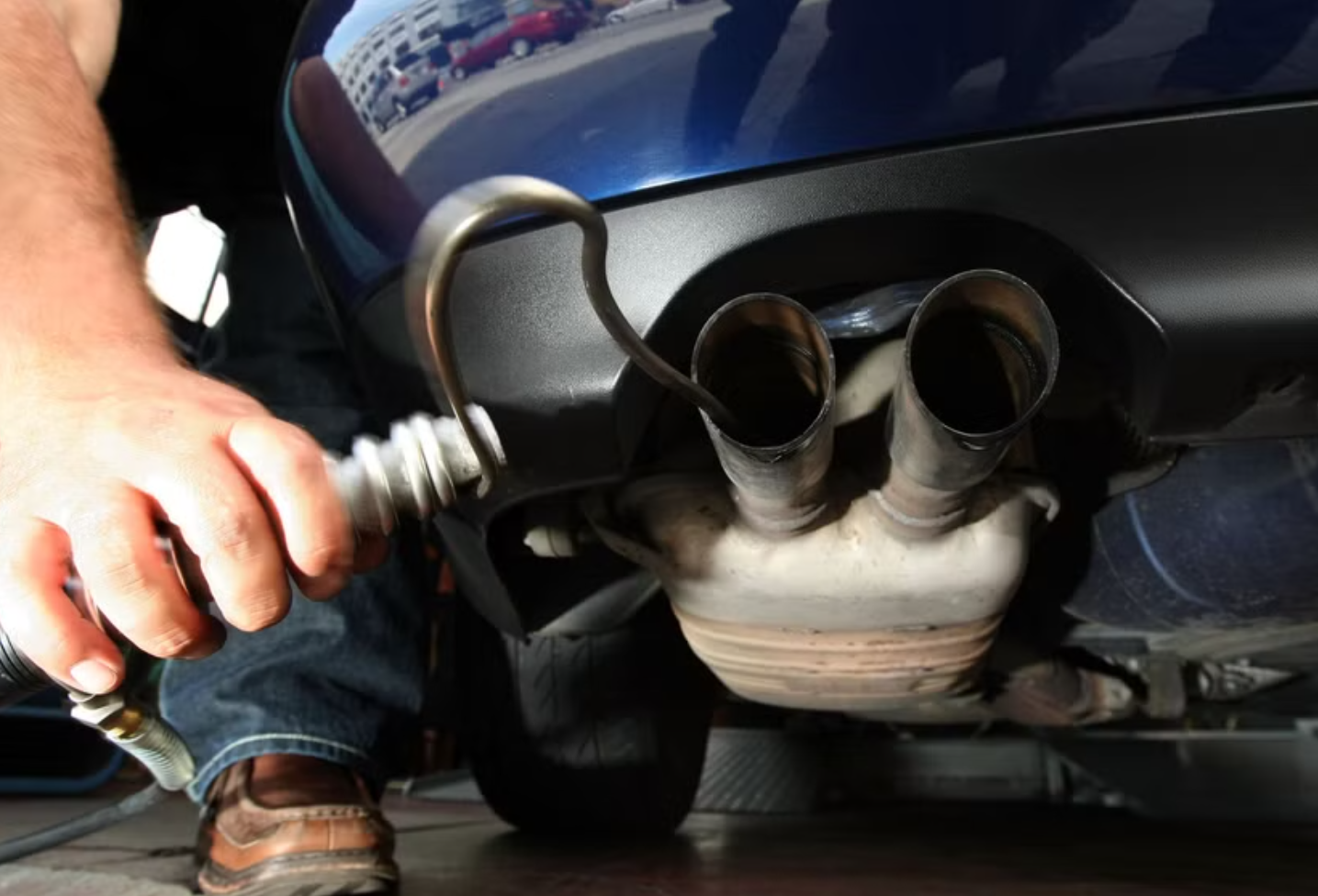What is a Smog Check? Your Complete Guide to Emissions Testing in California
Author
Bahram Najafzadeh
Date Published

For many vehicle owners, particularly those in states like California, a smog check is a familiar but often mysterious process. This required emissions test is a critical component of the state's efforts to reduce air pollution and ensure that vehicles are operating as cleanly as possible.
This guide will demystify the smog check, from its core purpose to what you can expect during the inspection and why it’s a necessary step for millions of drivers every year.
What is a Smog Check?
A smog check is a multi-part inspection that analyzes a vehicle's exhaust and pollution control systems. Its primary purpose is to measure the amount and type of pollutants a vehicle is emitting, ensuring they do not exceed state and federal standards. The goal is to identify and repair vehicles that are releasing harmful pollutants like:
Carbon Monoxide (CO): A toxic gas produced by incomplete combustion.
Hydrocarbons (HC): Unburned fuel that can cause smog and other health issues.
Nitrogen Oxides (NOx): Gases that contribute to smog and acid rain.
The smog check serves as a safeguard, protecting both the environment and public health from vehicle-related emissions.
The Smog Check Process: What to Expect
A smog check is performed by a certified technician at a licensed station. The process is a multi-step inspection that can include:
Visual Inspection: The technician will visually inspect the vehicle to ensure that all emissions control components, such as the catalytic converter and oxygen sensors, are present, connected, and have not been tampered with.
Functional Inspection: This check evaluates the operation of the vehicle's "Check Engine" light, ignition timing, and other emissions-related systems.
On-Board Diagnostics (OBD) Test: For most vehicles from 2000 and newer, the technician connects a scanner to the vehicle's OBD system to read a series of self-diagnostic monitors. If the check engine light is on or any of these monitors have not completed their tests, the vehicle will automatically fail.
Tailpipe Emissions Test: For pre-2000 model year vehicles, a probe is inserted into the tailpipe to measure the concentration of pollutants in the exhaust. The test may be conducted with the vehicle at idle or on a dynamometer to simulate driving conditions.
After the inspection, you will receive a Vehicle Inspection Report (VIR), which shows the results. If you pass, the station will provide a certificate of compliance and electronically submit the results to the DMV.
Cost of a Smog Check in California
The cost of a smog check can vary, as stations are privately owned businesses that set their own prices. On average, the cost for a standard smog check in California falls between $30 and $80.
Several factors can affect the price you pay:
Vehicle Type and Age: Older vehicles (1999 and older) may be more expensive to test due to the different testing procedures.
STAR vs. Regular Stations: Some vehicles, identified as high-polluters or part of a random sampling, are required to go to a STAR-certified station, which may charge a slightly higher fee.
Additional Fees: In addition to the cost of the test, there is a state-mandated Smog Certificate Fee of $8.25 that is required for every passing vehicle.
When is a Smog Check Required?
A smog check is required for three main reasons in California:
DMV Registration Renewal: A smog check is required every two years for most vehicles to renew their registration. Your DMV renewal notice will indicate if a smog certification is required.
Change of Ownership: When a vehicle is bought or sold, it is the seller's responsibility to provide the buyer with a valid smog certification from the last 90 days of the transaction.
Registering an Out-of-State Vehicle: When you move to California and register a vehicle from another state, it must pass a smog check before it can be registered with the DMV, even if it has a current inspection from its previous state.
Smog Check Exemptions
Not all vehicles are required to undergo a smog check. The following vehicles are generally exempt:
Gasoline-powered vehicles 1975 model year or older.
Diesel vehicles 1997 model year or older or with a Gross Vehicle Weight Rating (GVWR) of more than 14,000 lbs.
Electric vehicles and motorcycles.
Natural gas-powered vehicles with a GVWR over 14,000 lbs.
Gasoline vehicles less than eight model years old (though they must still pay a smog abatement fee).
Preparing for a Smog Check
Taking a few proactive steps can significantly increase your chances of passing the first time:
Fix a Check Engine Light: If your check engine light is on, get it diagnosed and repaired before your test, as it will cause an automatic failure.
Perform Regular Maintenance: Ensure your vehicle has a recent oil change and a clean air filter.
Warm Up Your Vehicle: Drive your car for at least 15-20 minutes on the highway before the test to get the catalytic converter up to its optimal operating temperature.
A smog check is a crucial step in protecting the environment and ensuring public health. By understanding the process and staying compliant, you can save time, money, and unnecessary headaches while contributing to a cleaner, healthier future.

Discover California's smog check exemptions. Learn if your car, from new models to out-of-state, classics, and EVs, is exempt from testing.

Discover the history of California's smog check program, from its origins in L.A.'s smog crisis to its evolution into a modern emissions testing.